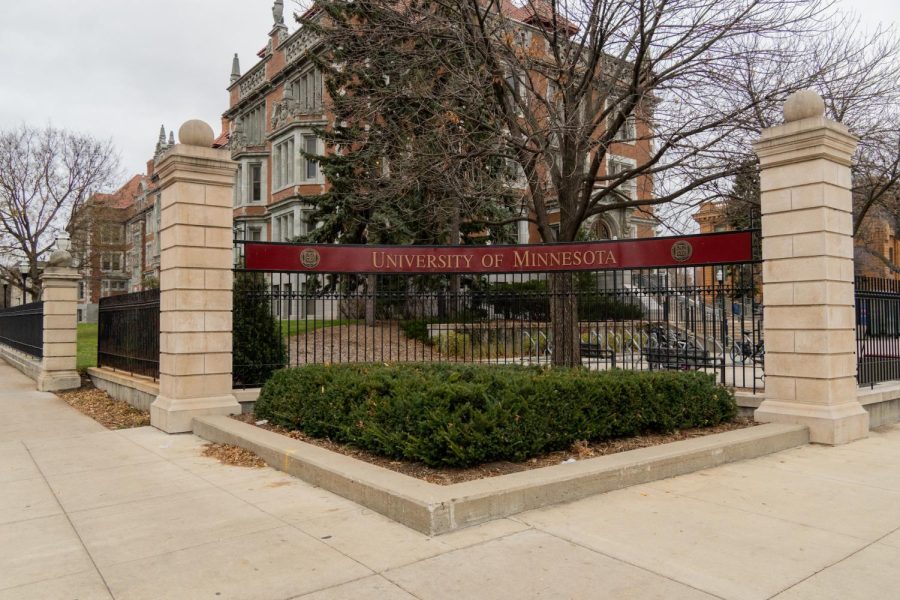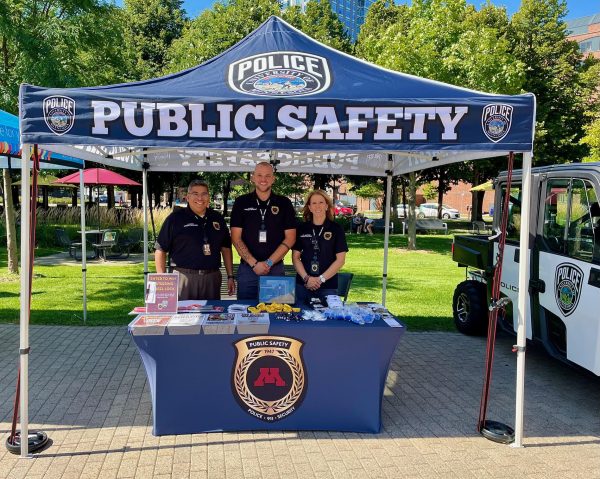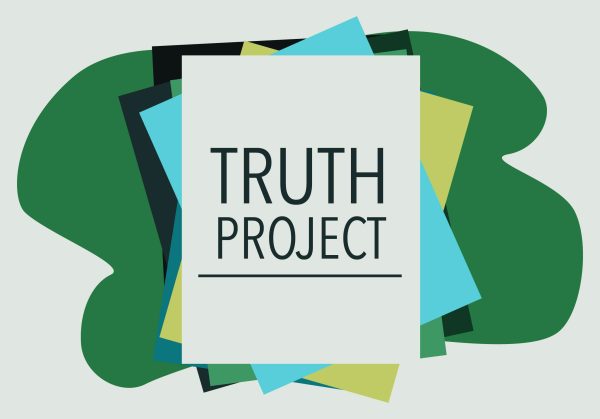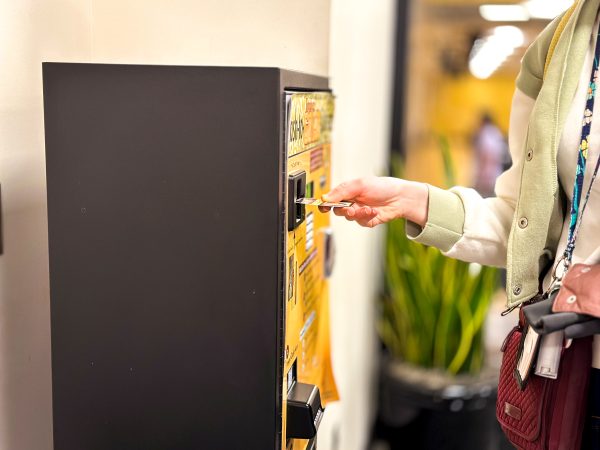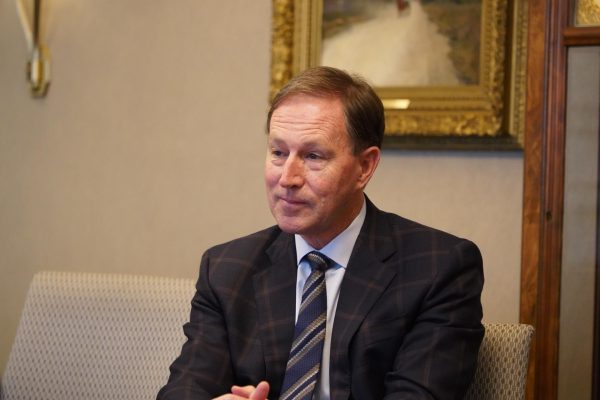Rape cases increased at UMN prior to 2022
From 2019-2021, rapes reported on and near campus increased, the majority of which occurred within University housing, according to a public records request.
Image by David Monterroso
The University of Minnesota campus gates on East Bank, Nov. 12, 2022.
Editor’s Note: This story has been updated from its original version to reflect recent related USG advocacy efforts.
The University of Minnesota saw an increase in rape cases reported on and near campus prior to the 2022-23 academic year.
There were 22 rape cases reported on the University campus that occurred in 2019, which slightly decreased to 20 in 2020. In 2021, cases more than doubled, reaching 42, according to public records the Minnesota Daily requested from the University.
Rape is included under the umbrella of sexual assault. According to the Rape, Abuse and Incest National Network (RAINN), sexual assault also includes attempted rape, fondling or unwanted sexual touching, and forcing an individual to perform sexual acts.
According to RAINN, most sexual assault cases, including rape, are not reported. RAINN estimates only about 20% of female college students specifically report sexual assault.
Sexual assault statistics at UMN from 2019-2021
Nearly 55% of the reported rapes from 2019 through 2021 happened at University residence halls. These incidents increased to 63% when apartments, specifically Radius and Yudof, were included.
Of the nine undergraduate residence halls, Comstock was the only one with no reported rapes from 2019-2021.
Centennial Hall had the most reported rapes of University residence halls during those three years, representing about one-fifth of all cases that took place in University housing. Pioneer Hall increased from one case in 2019 to six cases in 2021.
St. Paul’s residence hall, Bailey, and Middlebrook on West Bank each had two instances of reported rape during the three-year period.
Ten cases of reported rape are not assigned to a specific hall but are generally classified as a Minneapolis residence hall. Including these 10 cases, there were a total of 53 cases in University housing from 2019-2021.
From 2019-2021, nearly 12% of reported rapes occurred at fraternities. Six of the ten reported rapes that happened at a fraternity took place in 2021, four of which were generally classified as “Minneapolis Fraternity for the location.”
There were three cases of reported rapes at parking ramps or lots on and near campus and three cases of reported rapes in sporting complexes on campus from 2019-2021.
UMN has several sexual assault resources on campus
Housing and Residential Life (HRL) Interim Director Susan Stubblefied said in an email to the Minnesota Daily that HRL is one piece of the much larger, University-wide work to prevent and respond to sexual misconduct.
HRL sponsors two Safety Weeks each year to increase student awareness about safety issues, including sexual assault, Stubblefield said. Students engage in activities, like quizzes, that direct them to resources on campus.
“In the past, we’ve collaborated with the Aurora Center to offer Sexual Assault Awareness Month (SAAM) events in April,” Stubblefield said.
Recently, HRL staff members met with the Aurora Center to discuss a new prevention model and how it could be used within various campus spaces, Stubblefield said.
The Aurora Center was founded in 1986 to serve all victims of sexual assault and violence at the University. The Center accepts walk-in clients and has a 24-hour helpline that volunteer advocates answer, according to the center’s website.
For SAAM this year, the Aurora Center is holding a button-making event to raise awareness about sexual assault prevention at Coffman Union on Friday.
Over the three-year period the Daily analyzed, 83% of the reported rape cases were reported to the Aurora Center, nearly 12% were reported to the University of Minnesota Police Department and less than 5% were reported to the Minneapolis Police Department or another entity.
The state requires all Aurora Center advocates to complete 40 hours of sexual assault crisis counselor training, the Associate Director for the Aurora Center Chloe Vraney said in an email to the Daily.
“Additionally, we hold meetings six times a year with our volunteers for ongoing training, including workshop facilitation practice for our prevention educators,” Vraney said.
The Aurora Center, per requests, provided 52 workshops to 1,552 total participants from July 1, 2021, to June 20, 2022, according to Vraney. Workshops provided by the Aurora Center are open to anyone by request and cover a range of topics, such as toxic masculinity, intersectionalities between race, rape culture and gender and sexual assault.
An HRL staff member also serves on the President’s Initiative to Prevent Sexual Misconduct’s (PIPSM) Student Engagement subcommittee.
In an email to the Minnesota Daily, University Public Relations Director Jake Ricker said PIPSM was launched in 2017 to prevent sexual misconduct on campus.
PIPSM has developed partnerships with stakeholders to coordinate prevention efforts, conducted climate campus surveys and organized and expanded data collection of sexual misconduct reports.
President Joan Gabel’s office announced in March that PIPSM will be transitioning into the Sexual Misconduct Prevention Program within the Office of Equity and Diversity. The University is currently hiring a director for the program.
The Sexual Misconduct Prevention Program will build on the PIPSM’s foundational work to provide evidence-based prevention initiatives and activities systemwide, Ricker said.
“Awareness, education, outreach and enhanced security are all critical to creating a community of ... common action,” Ricker said.
Students aim to amplify victim-survivors’ voices
Sameen Faisal, chair of the Sexual Assault Task Force (SATF) for Undergraduate Student Government (USG), has worked with several organizations on campus, including the Aurora Center.
SATF was established in 2017 to amplify voices of victim-survivors of sexual assault, build a campus with zero tolerance and serve as a contact between students and administrations. USG now has a page on its website where students can find resources on and off campus for sexual assault and mental health, Faisal said.
SATF worked with PIPSM earlier this year and passed a resolution on April 11 to create a centralized University website for sexual misconduct and mental health resources.
During SAAM this year, SATF is hosting a self-defense workshop on Tuesday at Recwell. In 2022, for Sexual Assault Awareness Month, which is April, SATF set up drives to collect new bedsheets and other materials that are common triggers for victims of sexual assault.
Within the task force, there is a team dedicated to evaluating sexual assault rates in Greek life and other Big Ten schools.
Faisal said it can be difficult to collect data on sexual assault cases due to the inaccessibility of this information. Faisal said this is why USG recently created a Data Transparency Resolution advocating for the University to be more transparent about the data it keeps because this would help advance USG's advocacy initiatives.
“When it comes to things like [sexual assault prevention], there is always more work to be done,” Faisal said.
Maia Irvin contributed to this report.


